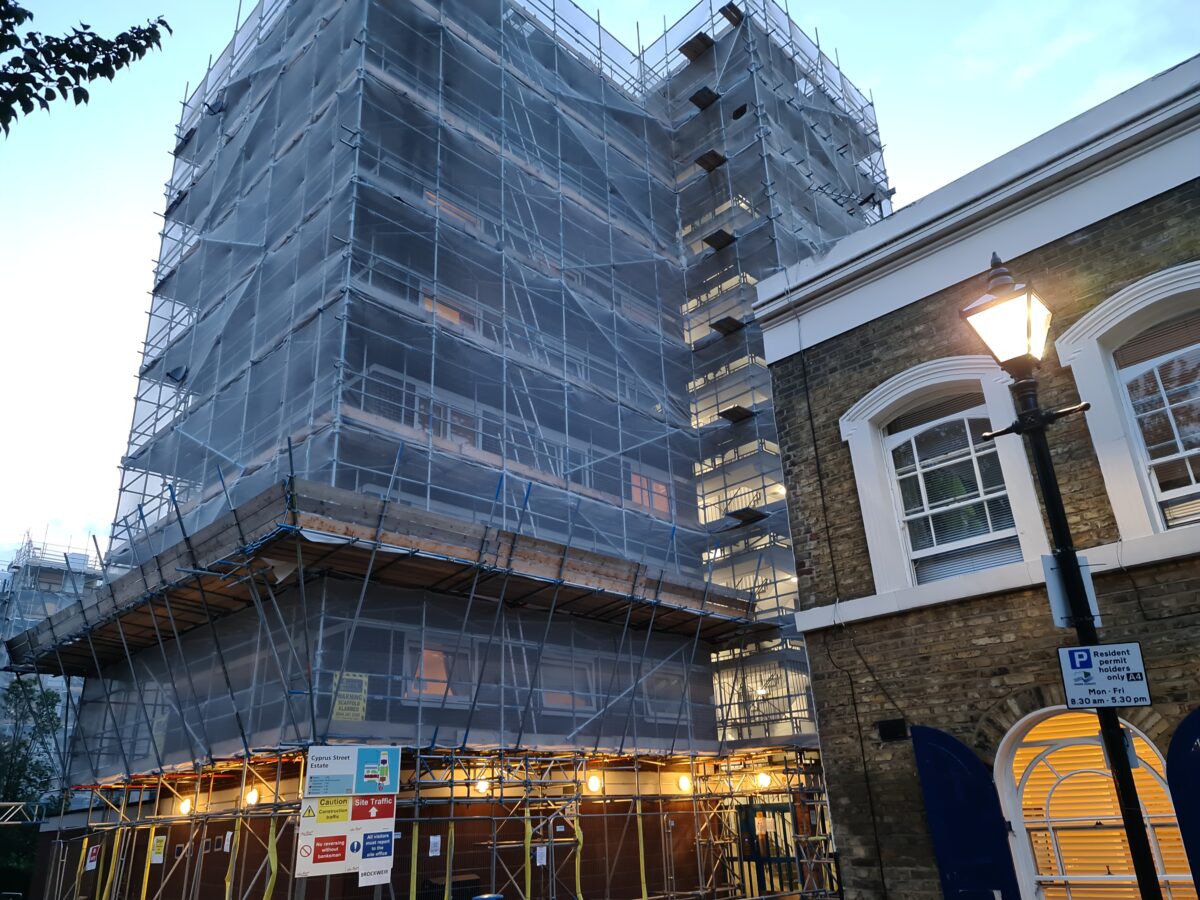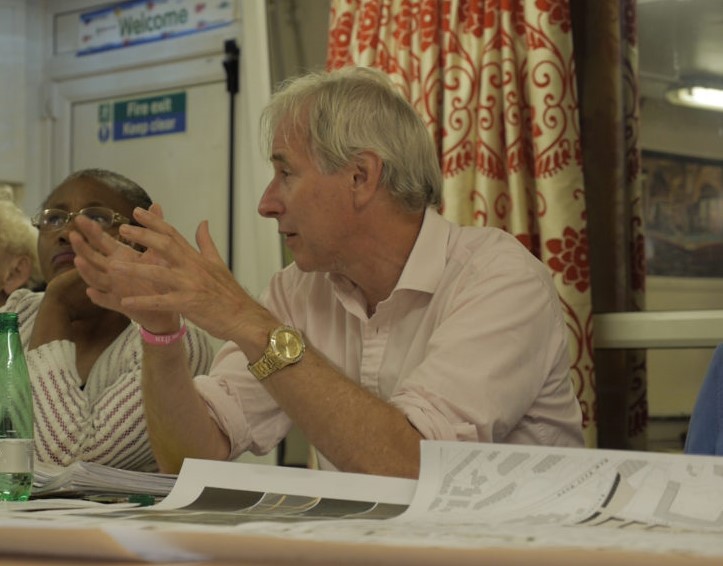It is the misfortune of the Affordable Housing Commission to release their report in March 2020, just as Covid -19 took hold. Not only did the report get buried by more pressing news, but the Commission also had to rush out a Covid-19 supplemental report in July 2020.
We need to rescue the report because it offers a great analysis of the housing crisis and realistic policy proposals. This is exactly what you would expect from a Commission headed by Lord Best, one of the sharpest minds in UK housing and supported by the left leaning Smith Institute.
The main argument is the last 20 years has seen the continuing decline of social rent housing, and the doubling in size of the Private Rented Sector (PRS) up to 22% of current housing. There are now 1.5m private landlords. Whilst, the social rent sector has continued to decline. The problem is that people who need the security of social rent sector face the insecurity of the PRS. Those on a low and insecure income, elderly, the ill and those with children should not be living in a sector where you can be required to leave with just a couple of months’ notice. For instance, a quarter all households with children now live in the PRS compared to 8% in 2004. People are staying longer in the PRS, often into old age. The Commission describes this as a ticking time bomb, as an increasing number of older private renters will find that they can no longer pay the rent when they retire.
The commission found that 23% of private renters are paying more than 40% of their income on rent, which is creating poverty. A Nationwide Foundation survey in 2019 found that a third of private renters had less than £39 per week to live on after they had paid essential bills.
In London the difference between social rent and private rents is the greatest, driving many below medium income into poverty. In the area of Bermondsey, south London where I work 50% of ex –council homes are now rented out, with private renters paying nearly four times more than their council neighbours and having to find a deposit of around £2,000.
The other effect of high rents is that it stops renters from building up the funds to escape into owner occupation. Bob Colenutt estimates a third of people born in the 1980’s and 1990’s will never be able to afford to buy their own home (Colenutt 2020). The average deposit needed by a first time buyer is London was a staggering £146,757 in 2019. Also the Commission highlights that the explosion of Buy to Rent mortgages has helped to force up house prices. Even George Osborne, the most political of Chancellors, recognised the need to slightly dampen down the increase in Buy to Let.
Within social housing, there has been a trend towards higher rent ‘affordable’ homes, rather than genuinely affordable social rents. Higher rents are seen as the way of spreading government money more thinly and building more ‘sub-market’ homes. Government subsidy has dropped by a third since 2010 and housing associations have moved 100,000 properties from social rents to higher affordable rents. The problem, as noted by the Commission, is that for low earners higher rents mean more poverty.
The Commission argues for a re-balancing of the housing market by increasing social rent housing, to provide an alternative for those for whom PRS is unsuitable. The Commission accepts that it will take 25 years to rebalance, and proposes that we start now so that a child born today should be able to live in an affordable home when they are 25 and want to live independently.
To achieve this, 90,000 new social rent and 55,000 shared ownership/ intermediate rent homes are needed each year to address the overall shortage of 3.1m social rent homes identified by Shelter
This will require an increase in government expenditure from 1.9% to 3%, which is £12.8 billion per year. To put this into context the housing benefit bill was £25 billion in 2016 and £1 billion was spent on poor quality temporary accommodation for homeless people in 2019, but neither expenditure resulted in any new homes. The cost of Help to Buy, aimed at helping first time buyers, was £10 billion in 2013 and there is a debate about whether the scheme added to supply or merely forced house prices up.
The Commission does argue for PRS rent caps, the end of Section 21 evictions and a landlord registration scheme to give some protection to those remaining in the private rented sector.
The Commission also calls for local authorities to be given discretion over the selling of their council homes, in the context of the intensity of housing need in their area.
In a Zoom meeting with LHG members, Thangam Debbonaire, Shadow Secretary of State for Housing, was clear that this is too early in this Parliament to make spending commitments, especially as the full effects of the Covid-19 recession are not known. However, this report seems to set out a good general direction of travel.

